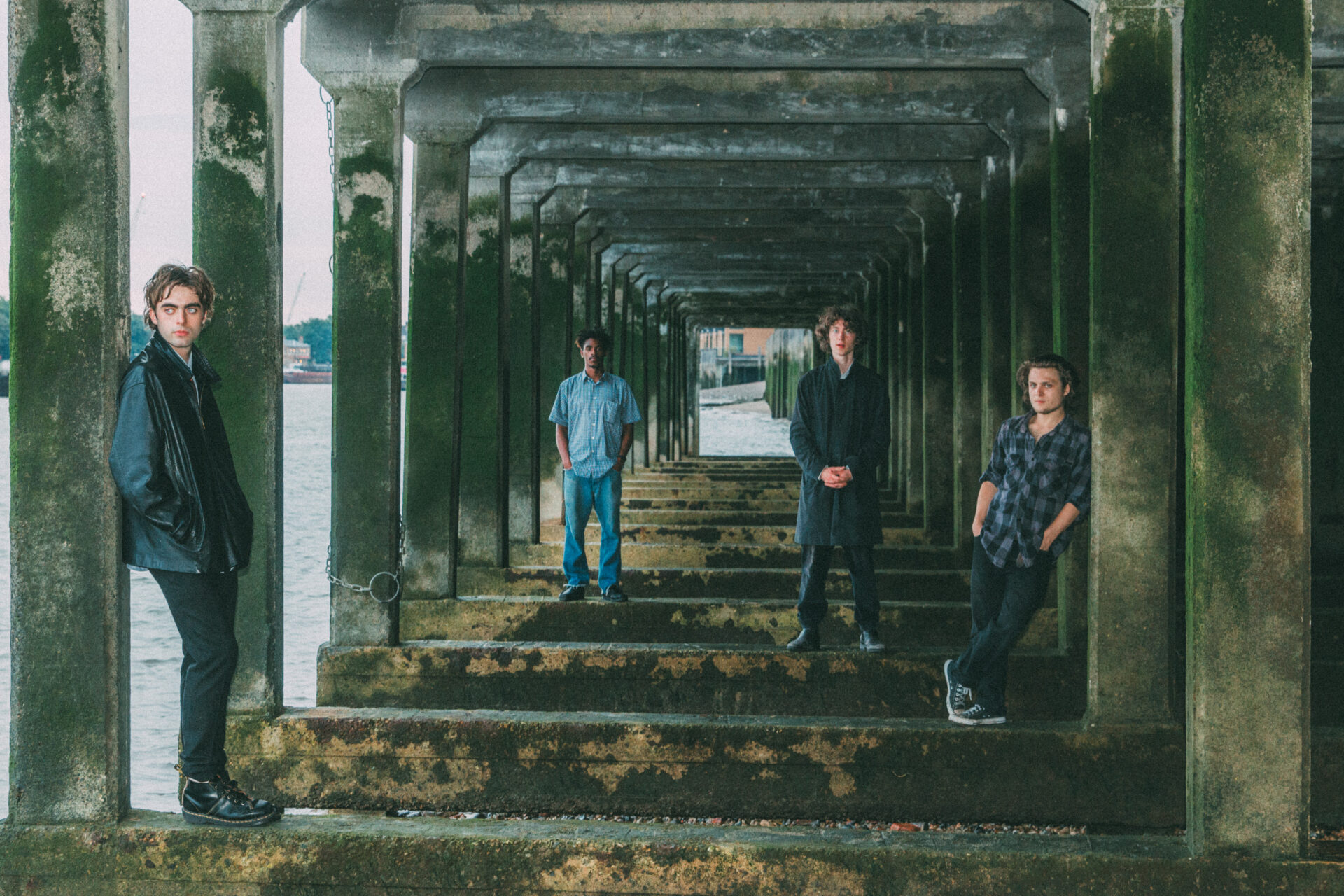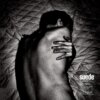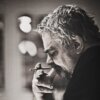Automotion are Jesse Hitchman (vocals/guitar), Lennon Gallagher (vocals/guitar), Otis Eatwell-Hurst (drummer) and bassist Luke Chin-Joseph. On the run up to the release of second EP Ecstatic Oscillations they shared some insight about creativity and influences.
Can you describe how Automotion got together as a band?
Started off as jams between Jesse and Lennon and then we met Otis, after playing some shows Luke saw us play at the Windmill to then soon join us.
Your debut EP In Motion was released last year. What were the main differences between creating the two EPs?
The first EP was more bound to an ABABC song structure and had less variation across the songs whilst the current EP traverses more ground. We don’t want to be bound to a singular sound and as we progress we hope to disperse any identity that could be considered Automotion into even more diverse sonic fields. All the vocals in the first EP are spoken word whilst this new EP has a mix of singing and spoken word.
Even though you are a 4-piece with three guitars and one drummer, your music is definitely not your traditional guitar music. It’s more experimental and in fact there are few lyrics in some of your songs. What is your song creation process?
Thank you, that’s a nice compliment. The writing process is collaborative, one of us will start off and then we will bounce off each other until it moves into places that person would have not expected. When we start a song there is an emphasis on the instrumentation and textual qualities from the pedals rather than the lyrics or what the song is about.
You have described your influences as diverse as Marcel Duchamp and John Cage through to American literary greats such as William S Burroughs and Bukowski, krautrock legends Neu! and the legendary guitar playing of Robert Fripp. The title of your single ‘Dithyramb’ refers to “a wild choral hymn of ancient Greece, especially one dedicated to Dionysus.” Are you concerned that these references in your music may not be fully understood by your audience?We like what we like and don’t think about how accessible it’ll be, if we did so it would be disingenuous. With making music, if it’s a banger we don’t care if people can’t understand it.
I have to ask about the striking cover artwork for your music. Who is the artist? And did you choose the art because the angular aesthetic reflecting the perhaps abstract nature of your music?
We make the artwork. The artwork and the music do not reflect or symbolise anything, it is just an aesthetic experience. Freeing work from inherent meaning, representation or symbolization opens it up to individual interpretation.
Noticing that you are supporting The Lounge Society in London and Brighton, and having had a number of festival appearances this summer, can you expand on what it means to Automotion to play live.
Playing live adds immediacy, elements of chance, it is hazardous, it intensifies. It brings us closer together as a band and connects ourselves to an audience. We have a London headline show at The George Tavern on the 4th of November, so we’re really excited to see how our new material resonates with our audience there.
What are the immediate plans for Automotion?
That would be classified information my friend.
Automotion release their second EP Ecstatic Oscillations on 23 September.
For more information on the band please check out their facebook and website.
AUTOMOTION live dates:
2nd October – Patterns supporting The Lounge Society, BRIGHTON
4th October – Village Underground supporting The Lounge Society, LONDON
4th November – The George Tavern, LONDON




